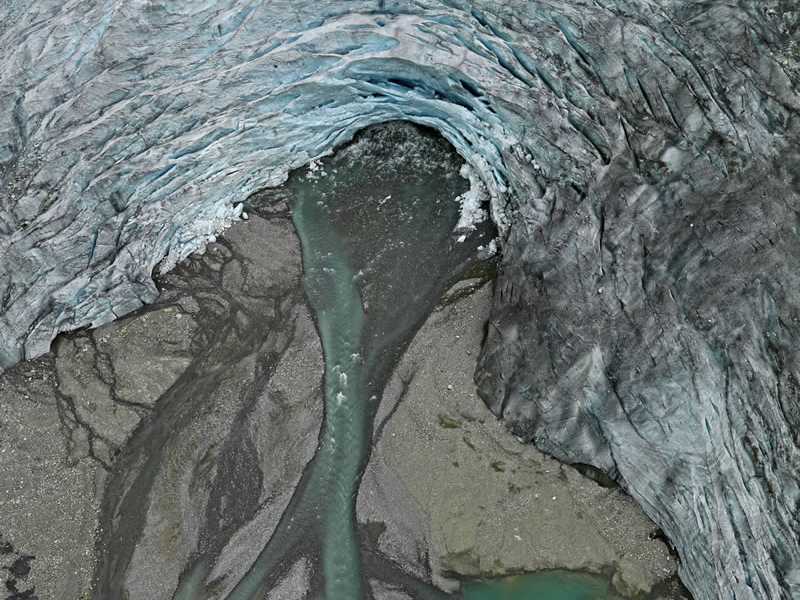Climate Geology
Figure at the top: Sediment core, which has been taken in a water depth of 847 m off Venezuela. The curve shows the colour trend (lightness) of the sediments, which have been deposited about 40'000 years ago. Darker layers indicate a more humid and warmer climate than light coloured layers. In a warm and humid climate, enhanced precipitation on the land brings more nutrients into the sea, which lead to an enhanced biological productivity in the sea surface. The dead organisms are deposited on the sea floor and lead to the dark colour of the sediment.

We study climate changes through Earth's history and the correlations between carbon cycle, climate and the evolution of live. Sedimentary sequences thereby serve as an ideal archive for the past changes of the climate.

